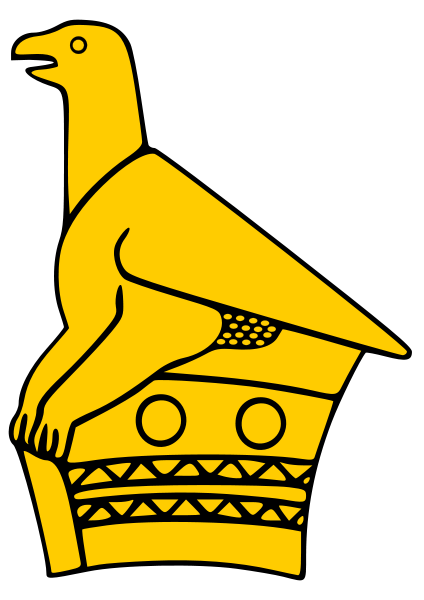The stethoscope was invented in 1816 by Rene-Theophile-Hyacinthe Laennec (1781-1826), a Parisian physician. Named from the Greek stethos, meaning 'breast', and skopein, 'look at', it was used to diagnose various chest conditions.
Laennec wrote of his invention in his treatise De l'Auscultation Mediate in August 1819 (auscultation being the action of listening to sounds from the heart, lungs or other organs):
"I happened to recollect a simple and well-known fact in acoustics … the great distinctness with which we hear the scratch of a pin at one end of a piece of wood on applying our ear to the other.
"Immediately on this suggestion, I rolled a quire of paper into a kind of cylinder and applied one end of it to the region of the heart and the other to my ear, and was not a little surprised and pleased to find that I could thereby perceive the action of the heart in a manner much more clear and distinct than I had ever been able to do by the immediate application of my ear." He noted a stethoscope avoided the embarrassment for a doctor of placing his ear against the chest of a woman patient.
The first models looked like old-style ear trumpets and consisted of a wooden tube attached to a single microphone at one end and earpiece at the other.
The first mention of a stethoscope with a fully flexible tube was in 1840 by British doctor Golding Bird, who used a single earpiece. Irish physician Arthur Leared invented a stethoscope that fitted into both ears and was first seen at the Great Exhibition in London in 1851.
The following year, New York-based Dr George Cammann successfully adapted the binaural design for commercial production. Variations on his model have remained in use ever since.
Found in the Daily Mail's "Answer to Correspondents" column, Tuesday, 30th October, 2018, contributed by Rachel Saunders of Halifax, West Yorkshire.

